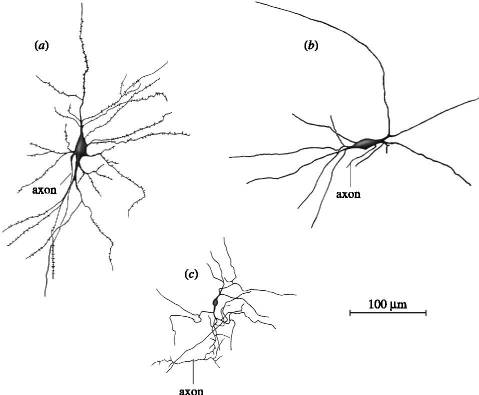Claustrum Function
The claustrum’s function is obscure. Our existing knowledge is insufficient for understanding how the claustrum functions. Neuroscientists speculate that the claustrum may play the primary role in consciousness. So far, scholars who speculate on the neuronal basis of consciousness attribute to the cortical pyramidal neurons the role of synthesizing neural stimuli into consciousness. A key feature of almost all neuronal theories of consciousness is the imperative for interactions among groups of widely dispersed pyramidal neurons that continuously express themselves in the ongoing stream of conscious percepts, images and thoughts.
Objects or events in the real world have many simultaneous attributes: color, shape, distance, velocity, smell, sound, feel, etc. If both claustra are absent, these attributes may not be experienced in an integrated manner, so the person may fail to perceive some objects or events or only be consciously aware of some isolated attribute. This suggests that the claustrum may play a role in synthesizing neural stimuli into consciousness.
The clausturm appears to have a relatively uniform architecture. A striking feature of the claustrum is the few neuronal types that it has when compared with those of the cerebral cortex. What then is the nature of the work performed by claustral neurons? The homogenous cell structure and architecture of the claustrum conveys a predisposition that the claustral neurons could be especially sensitive to the timing of the inputs, cementing the role of the claustrum in binding disparate events into a single percept, experienced at one point in time. This dynamic is critical for the synthesis of neural stimuli into consciousness.
A striking feature of the claustrum is the few types of neurons it has compared with those of the cerebral cortex.

Christ Seed Book Available – Christ Seed Explained
For info about the Christ Seed book, please click Christ Seed Book Christ Seed Explained.